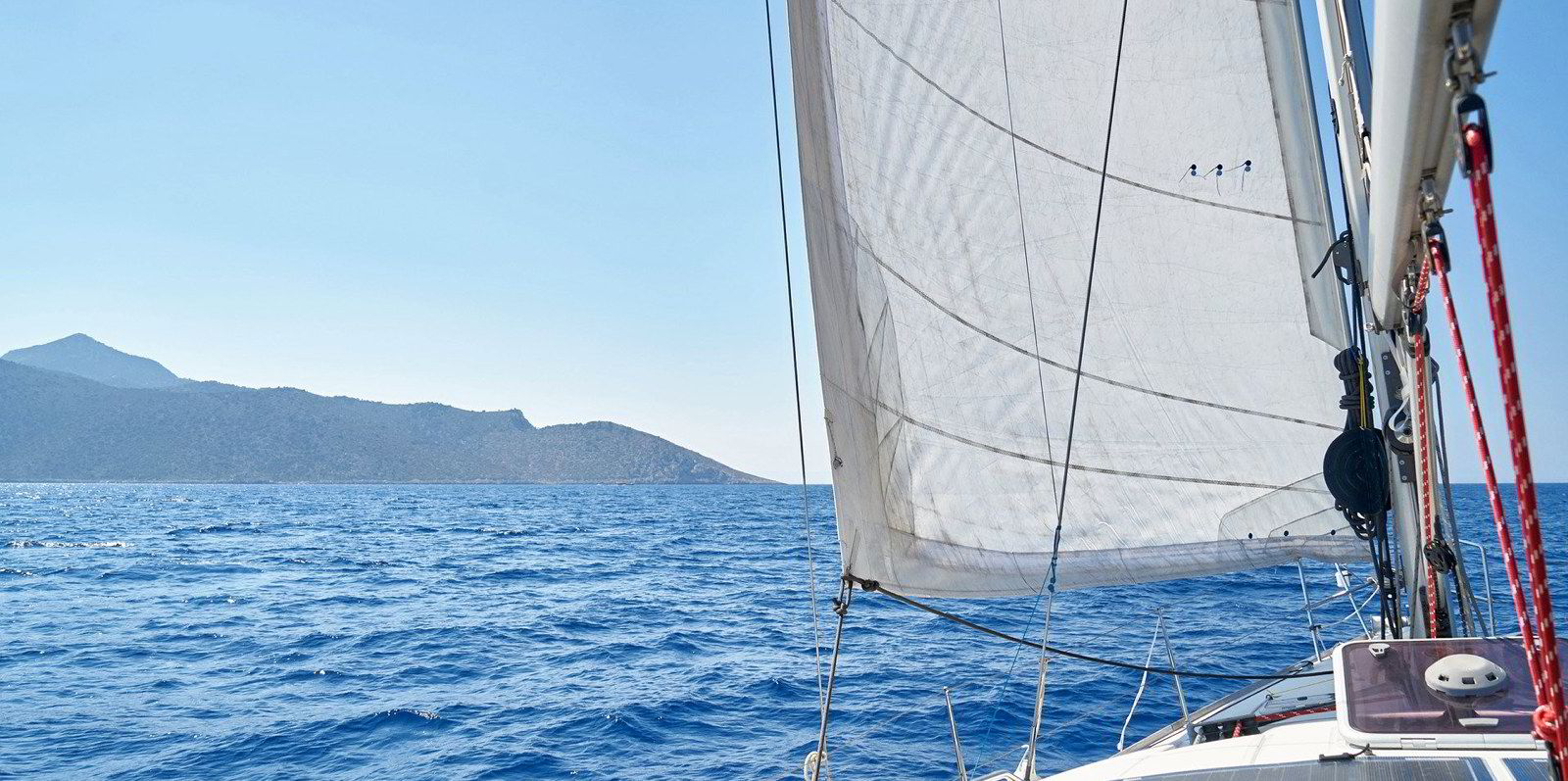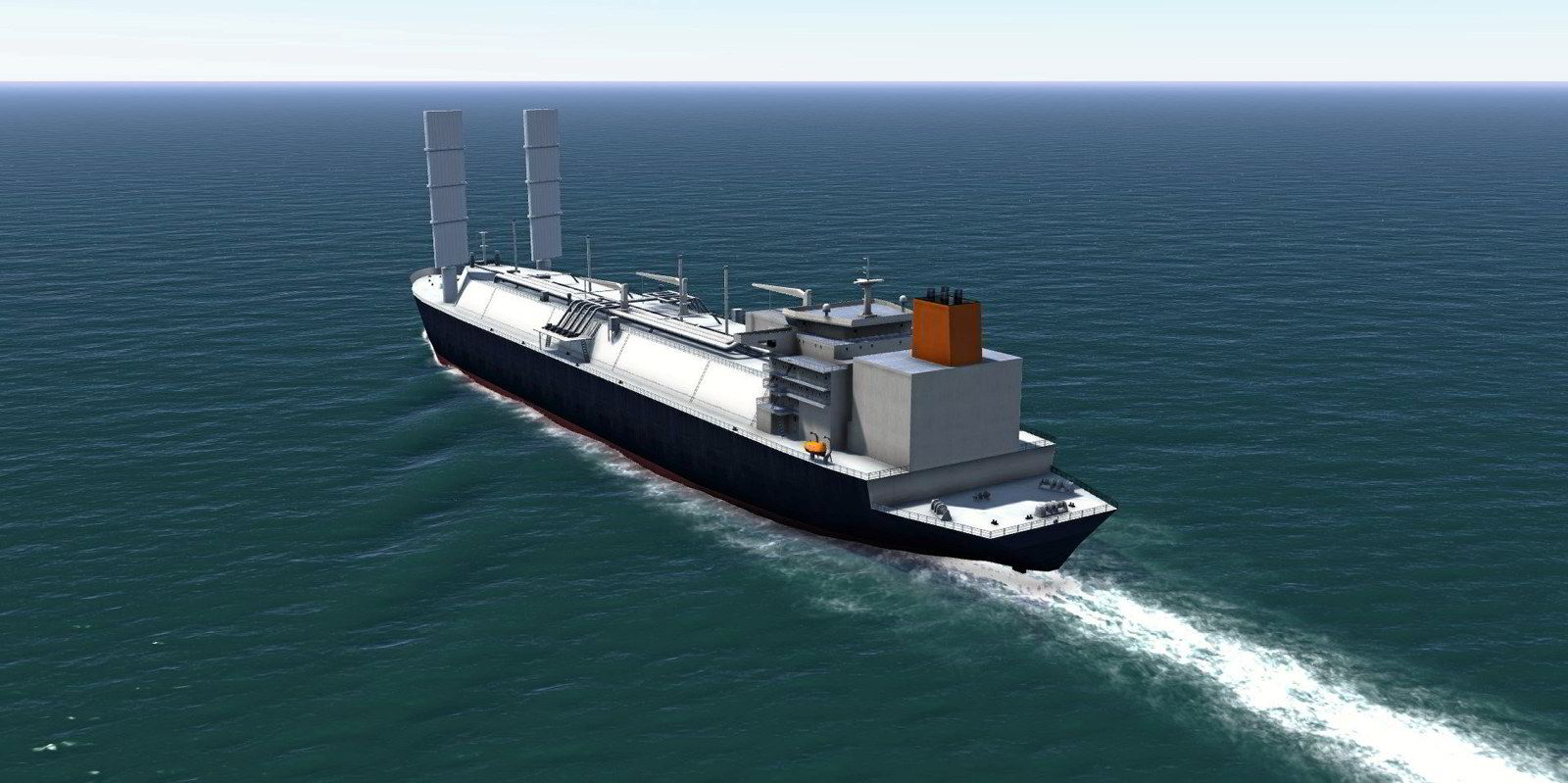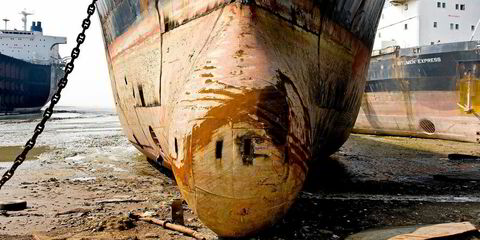Japanese shipowner Mitsui OSK Lines plans to use the telescopic hard sails from its Wind Challenger ship design project for a new system under which energy could be generated, stored and used on a zero-emission vessel.
The project, Wind Hunter — being developed with a group of corporate and academic interests — aims to harness wind energy to create electricity that can be used to produce storable hydrogen.
In conditions where there is little or no wind, hydrogen could be released to a fuel cell to produce electricity that would drive a vessel’s propeller.
To prove the set up in a phase one demonstration project, MOL is buying a secondhand 40-foot sailing yacht.
Dreaming big
Technical division general manager Makoto Yamaguchi, who is stepping up to an executive officer post from April, said equipment will be installed on the vessel this summer.
Phase two is a big, big, big challenge. But we have to have a dream.
Makoto Yamaguchi
This year, the aim is to conduct sea trials where wind power and two generators will be used to produce hydrogen to drive propulsion, he explained.
Yamaguchi said the initial engineering design is “going well” via a collaboration of shipbuilding, fuel, sail, hydrogen and yacht operator experts.
In a second phase, the partners will build a 60-metre-long vessel, designed with a shipyard partner to give it the best sailing configuration for windy regions.
On board this vessel, the intention is to convert hydrogen into the stable liquid methylcyclohexane for storage or transportation ashore.
In this way the vessel becomes a hydrogen-generating ship, Yamaguchi said. “Phase two is a big, big, big challenge,” he said. “But we have to have a dream."
The aim is to complete phase two in three to four years. "If we can make it successful, then we can go for commercial vessels to realise the zero-emission ship,” Yamaguchi said.
He conceded that this may be post-2030 but he said it could dovetail with greenhouse-gas reduction targets.






